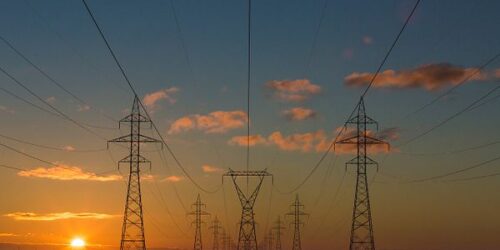Dr. John P. Holdren (Adviser on S&T to US President Obama for his double term in office and a distinguished faculty at Harvard and Berkley for over two decades) believes that a society can get into trouble with “energy” either by not having adequate resources or by their costs moving beyond its reach. What Dr. Holden perhaps didn’t expect was that a society can have sufficient endowment of energy resources and still can push the energy out of the reach of its people and economy. Our present energy imbroglio is a classic case in point.
As energy is lifeblood to modern society, access to a minimum quantum of affordable, secure, and sustainable energy supplies is inevitable to fuel the economy and keep the lights on. Electricity is also a superior energy carrier for its versatility of use, ease of control, and cleanliness. As societies progress and their incomes grow, people switch from traditional fuels to electricity. Though not an absolute measure of it, electricity consumption per capita is a reasonable indicator of a country’s development.
According to International Energy Agency’s “Key world Energy Statistics 2020”, Pakistan’s per capita annual energy consumption of half a ton of oil equivalent is only 29% of the average world consumption, 13% of the developed countries, and 23% of that of China. Its per capita annual electricity consumption of 593 kWh is only 18% of the world average, 7% of the developed country average, and 12% of that of China. Fifty to sixty million people in Pakistan still do not have access to electricity. Pakistan’s 1,250 USD per capita GDP is only 11% of the world average, 3% of that of the developed countries, and 16% of that of China.
We thus face abject poverty, both in economic development and energy use. Energy poverty may not be the exclusive cause of our economic poverty, but it’s certainly among the key contributing factors because access to affordable and reliable energy supply and in particular that of electricity enable a decent standard of living for people and drives the engine of economic development.
Energy poverty stifles both human growth and economic development. Energy prices, if exceed beyond the affordability of citizens adversely affect their quality of life, compelling them to cut corners on food, education, and health. Higher energy prices also undermine the competitiveness of agricultural producers, commercial businesses, and industries. It is, therefore, critical that we look deeper into the causes of our energy poverty and take measures to ensure that affordable, reliable, secure, sustainable energy supplies remain available for our people and economy.
Without dwelling on the past and making a passing note of the futility of continuing on the existing approach to managing the energy sector in Pakistan, we move on to offer a broad-brush sketch of an alternative approach that holds a better promise in turning our energy poverty into at least self-sufficiency, if not affluence. Power sector will be our focus, electricity being the choice carrier even now and its increased importance in the future.
The primary cause of our energy (electricity) poverty has been our over-reliance on centralized power supply system based largely on imported technologies and fuels. This approach has led to prohibitively expensive electricity supplies. While one can seriously debate the viability of this approach, let’s forgive our past leaders as they might have just followed the established practices. There’s, however, no excuse to continue on the same path in the future as this will lead to financial ruin, not just of the power sector, but for the whole economy.
The traditional approach to managing the power sector essentially consisted of aggregating consumers’ forecast demand and meeting it through a least-cost expansion of generation and T&D facilities. As bigger has always been better (more efficient) and cheaper too (economy of scale), it made sense to develop generation projects as large as practicable closer to sources of primary energy supplies or large water bodies for cooling. These approaches have become obsolete in the wake of disruptive market forces that have put small-scale, distributed, and renewable power generation on a head-to-head competition with their large-sized conventional competitors.





